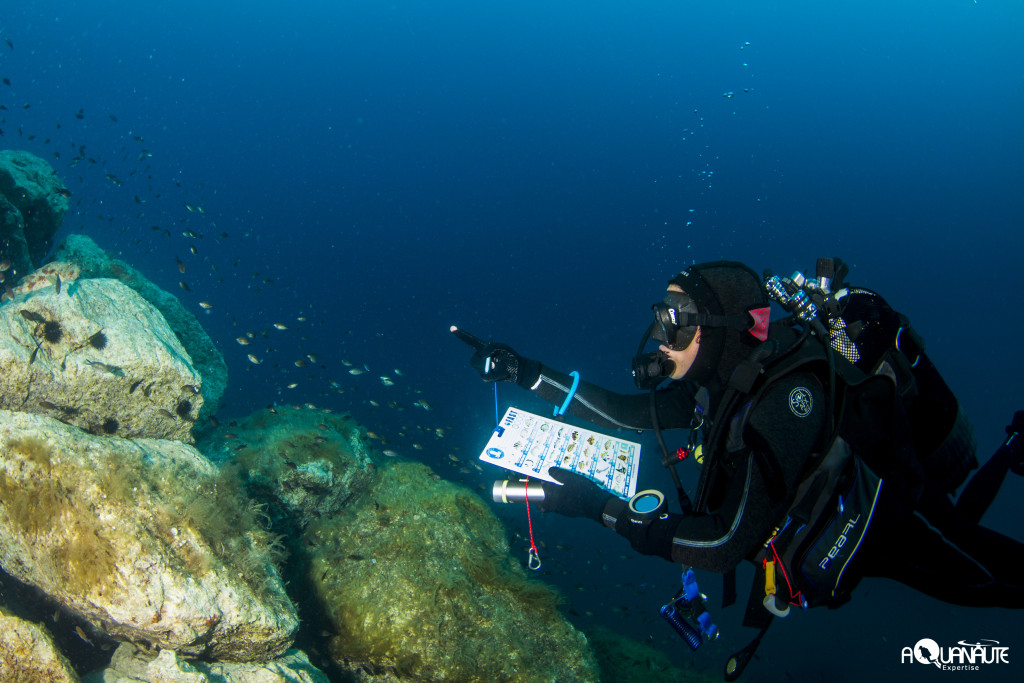Monitoring fish populations using the FAST method
Fish are of undeniable economic interest for professional fishermen, but also for underwater divers.
Their ecological roles are also numerous. However, fish populations are regularly impacted by human activities: fishing, modification and destruction of habitats.
Regular monitoring of the state of fish populations in an area is therefore essential to measure the extent of the impacts they suffer and/or to assess the effectiveness of the protection and management measures put in place. Scientists have developed various methods to carry out this monitoring. On the other hand, these different methods require regular training and are therefore difficult to apply for non-specialists.
The use of citizen science represents an interesting alternative because it allows volunteers to contribute to the monitoring implemented by the scientific community. However, this requires having protocols that are simple to implement, but sufficiently efficient to provide scientists with relevant data.
The FAST (Fish Assemblage Sampling Technique) protocol was developed by Professor Patrice FRANCOUR (ECOMERS laboratory, now ECOSEAS) and is very easy to use for non-specialists.
From a pre-established list of 23 species, sought by amateur or professional fishing or by underwater fishers, divers must note on submersible tablets the presence or absence of species and specify the size of the individuals (large or small). Very rare species of ecological or heritage interest are retained as “jokers” without size estimation. For each site, 6 counts of 15 minutes are carried out randomly in the bathymetric range between 0 and 20 meters in order to have an overall vision of the state of the populations.

Camille DEVISSI, Project manager at AMPN, monitoring fish populations of the Larvotto Marine Protected Area by applying the FAST protocol.
Apparently very simple, this method has been compared to classic fish counting techniques; it provides relevant results and above all it is possible to very quickly assess the state of fish populations.
This monitoring was initiated in 2016 in the MPAs of Monaco and the French periphery. They are complementary to monitoring carried out according to scientific protocols.
To find out more...
-Monaco Info report on FAST method, 2016-
